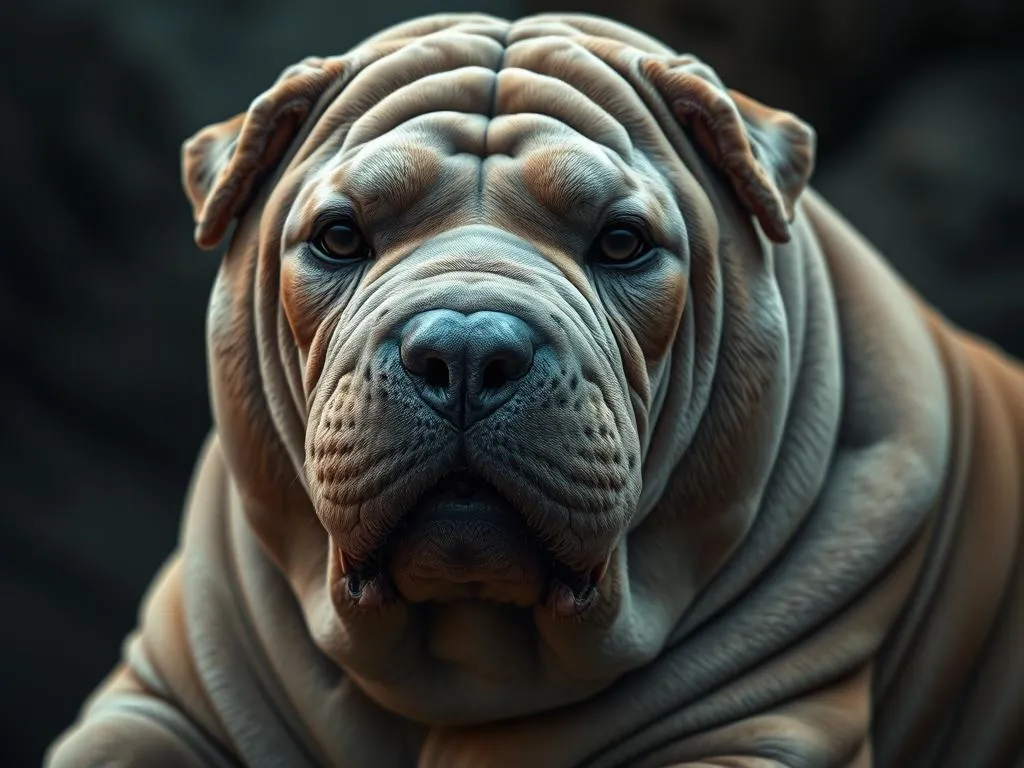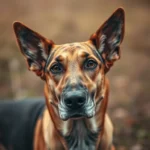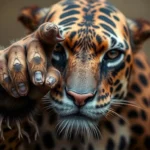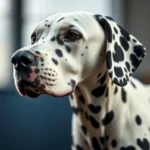
Dogs have always played a significant role in human lives, serving various purposes from companionship to work. Among the many breeds, the Shar Pei stands out with its unique appearance and intriguing history. Known for their distinctive wrinkled skin and blue-black tongue, the Shar Pei has a rich background that reflects its original purpose and the environment in which it was developed. Understanding the history and breeding purpose of the Shar Pei can help prospective owners appreciate the breed’s characteristics better.
Historical Background of the Shar Pei
Origins
The Shar Pei originates from China, specifically the Guangdong province. This breed has deep roots in Chinese culture, dating back to the Han Dynasty (206 BC – 220 AD). Initially, these dogs were bred by farmers to assist with various tasks on the farm, including guarding livestock and property. Their unique appearance, characterized by loose skin and wrinkles, was not only practical but also symbolic in the eyes of the Chinese, representing good fortune and protection.
Evolution of the Breed
Throughout the centuries, the Shar Pei evolved under different dynasties, adapting to the changing needs of its human companions. In addition to being a farm dog, it was utilized as a fighting dog due to its strong build and protective instincts. The breed’s history is intertwined with the tumultuous events in China, including periods of war and instability, which influenced its breeding and use.
Recognition and Popularity
The Shar Pei gained international recognition in the late 20th century. In 1978, a few breeders in the United States began to promote the breed, leading to its recognition by the American Kennel Club (AKC) in 1992. Since then, the Shar Pei has gained popularity in the Western world, becoming a sought-after companion dog despite its challenging temperament and specific care requirements.
Purpose of Breeding: What Were Shar Pei Bred For?
Traditional Uses
The Shar Pei was bred primarily for several traditional purposes, which include:
- Guarding Livestock: Their protective nature made them excellent guardians of farms and livestock, ensuring that animals were safe from predators.
- Fighting and Protection: Historically, Shar Peis were used in dog fighting due to their strength and tenacity. Their loose skin allowed them to absorb bites during fights, making them formidable opponents.
- Role in Agriculture: Beyond guarding, the Shar Pei assisted in various agricultural tasks, showcasing their versatility as working dogs.
Characteristics that Support Their Purpose
Several physical and behavioral traits of the Shar Pei contribute to their original purposes:
- Physical Traits: The characteristic wrinkled skin serves multiple functions, including protection during fights. Their strong, muscular build allows them to perform physical tasks effectively.
- Behavioral Traits: Known for their loyalty and protectiveness, Shar Peis form strong bonds with their families and are inherently suspicious of strangers, making them excellent watchdogs.
Impact of Breeding on Behavior and Health
Selective breeding has significantly influenced the Shar Pei’s temperament and health. While the breed is known for its loyalty and protective instincts, these traits can sometimes lead to stubbornness and a strong-willed demeanor. Additionally, certain health issues have emerged due to breeding practices, including skin problems, hip dysplasia, and respiratory issues related to their unique facial structure.
Physical Characteristics of Shar Pei
Size and Build
The Shar Pei is a medium-sized dog, with an average height ranging from 18 to 20 inches at the shoulder and weighing between 45 to 60 pounds. Their body is compact and muscular, featuring a broad head and a distinctive “hippopotamus” face, which is one of their most recognizable traits.
Coat and Color
Shar Peis come with two coat types: the horse coat and the brush coat. The horse coat is short and bristly, while the brush coat is slightly longer and softer. Common color variations include:
- Fawn
- Black
- Blue
- Chocolate
- Red
These colors can be solid or have various patterns, adding to the breed’s visual appeal.
Unique Features
The wrinkles of the Shar Pei are one of its most endearing features, serving both practical and aesthetic purposes. However, they require special care to prevent skin infections and irritation. The breed’s notable facial structure, with its broad head and small ears, contributes to its unique expression and charm.
Temperament and Behavior
General Temperament
The typical temperament of a Shar Pei is characterized by loyalty, independence, and a protective nature. They have a strong sense of territory and may exhibit aloofness towards strangers. Compared to other breeds, Shar Peis tend to be more reserved and require consistent training and socialization from an early age to ensure they are well-adjusted.
Socialization Needs
Early socialization is crucial for the Shar Pei to develop into a well-rounded adult dog. Exposure to various people, environments, and other animals helps mitigate their natural wariness of strangers. Positive reinforcement training is highly recommended, as it encourages good behavior and strengthens the bond between the dog and its owner.
Family Compatibility
While they can be excellent family pets, the Shar Pei may not be suitable for every household. They can interact well with children but require supervision, especially with younger kids, due to their sometimes stubborn nature. With proper training and socialization, Shar Peis can live harmoniously with other pets, though they may display dominance over smaller animals.
Care and Maintenance
Grooming Requirements
Maintaining a Shar Pei requires regular grooming to keep their coat healthy and clean. Despite their short coats, they shed moderately, and brushing once a week is typically sufficient. Special attention must be paid to the wrinkles, as they can trap dirt and moisture, leading to skin infections. Regular cleaning with a damp cloth and ensuring the wrinkles are dry is essential for their health.
Health Considerations
Like many breeds, the Shar Pei is prone to specific health issues. Common concerns include:
- Skin Conditions: Due to their wrinkles, they are susceptible to infections if not properly cared for.
- Hip Dysplasia: A genetic condition that affects the hip joint and can lead to arthritis.
- Respiratory Issues: Their unique facial structure can cause breathing difficulties, especially in hot weather.
Routine veterinary check-ups and preventive care are vital to maintain the health of this breed.
Nutrition and Exercise
A balanced diet is critical for the overall health of a Shar Pei. High-quality dog food that meets their nutritional needs is essential. Additionally, they require regular exercise to stay fit and healthy. Daily walks, playtime, and mental stimulation are necessary to prevent boredom and destructive behavior.
Conclusion
Understanding the background and original purpose of the Shar Pei provides valuable insights into this unique breed. Their history as livestock guardians and fighting dogs has shaped their physical and behavioral characteristics, making them both fascinating and challenging companions. While they can be excellent family pets with proper training and socialization, potential owners should be well-informed about the breed’s care requirements and health considerations to ensure a happy and healthy relationship.
FAQs
What makes Shar Pei unique?
The Shar Pei is unique due to its distinct wrinkled skin, blue-black tongue, and strong protective instincts. Their ancient history and various roles in Chinese culture further contribute to their uniqueness.
How do I train a Shar Pei?
Training a Shar Pei requires patience and consistency. Positive reinforcement methods, such as treats and praise, work best. Early socialization is also crucial to help them adapt to various situations.
What should I know before adopting a Shar Pei?
Before adopting a Shar Pei, it’s important to understand their grooming needs, potential health issues, and the need for consistent training. Additionally, be prepared for their strong-willed nature and ensure you can commit to their care and socialization needs.









